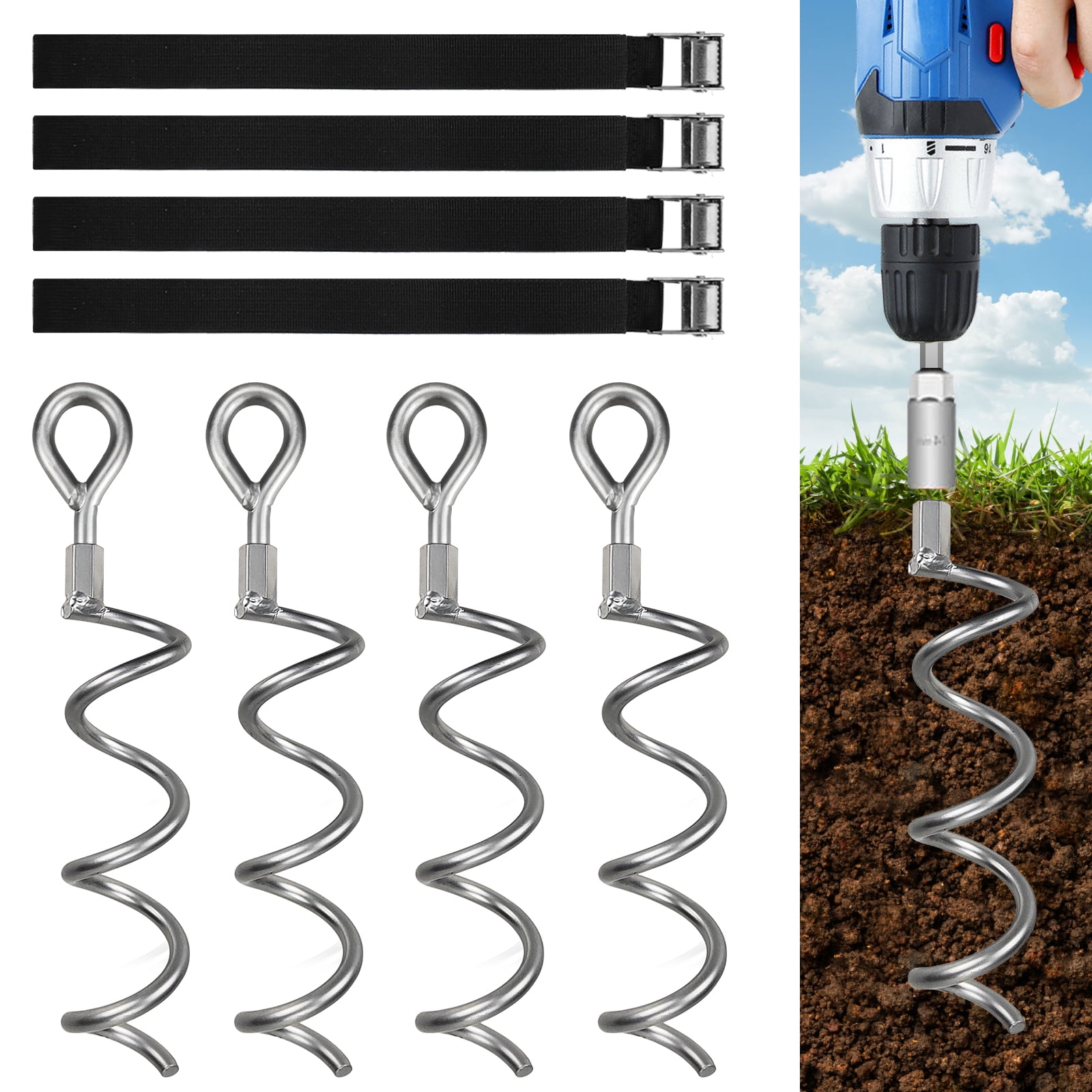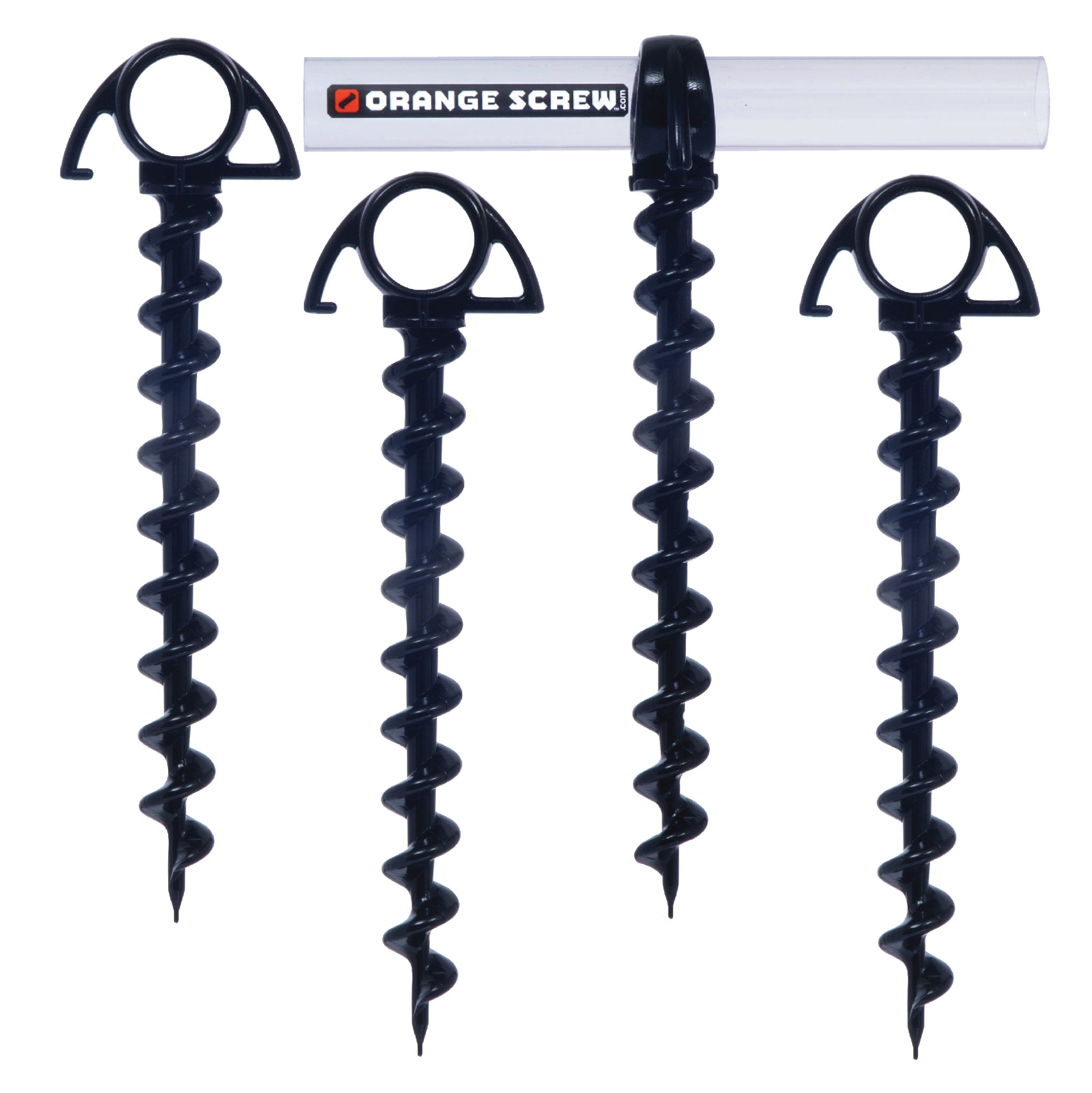Recent Developments in Ground Anchor Technology and Their Impact
Recent Developments in Ground Anchor Technology and Their Impact
Blog Article
Discover the Different Kinds Of Ground Support for Your Next Job
From auger anchors, which excel in varied soil conditions, to risk anchors made for temporary installments, the options are countless. In addition, concrete and screw supports present unique advantages in specific situations, while deadman supports are customized for applications needing resistance to side pressures.

Auger Anchors
Auger supports are a preferred choice in different construction and landscape design tasks as a result of their special style and effective anchoring capabilities. These anchors consist of a helical screw-like shaft that is driven right into the ground, enabling a secure and secure hold. The spiral layout promotes easy installation and makes best use of resistance versus side pressures, making auger anchors specifically efficient in applications such as fencing, temporary structures, and erosion control.
The installation process of auger anchors is fairly simple. They can be manually or mechanically installed, depending on the dimension and called for deepness. This versatility enables their usage in varied soil problems, from sandy to clayey surfaces. Moreover, auger supports can be quickly removed and recycled, which includes to their cost-effectiveness and sustainability.
Among the considerable benefits of auger anchors is their capability to distribute loads equally throughout the surrounding soil, lowering the danger of soil disturbance and lessening environmental impact. Furthermore, they are much less vulnerable to loosening or heaving over time contrasted to traditional anchoring approaches. Auger anchors are an excellent selection for tasks calling for trusted and sturdy anchoring remedies.

Stake Anchors
When it comes to safeguarding structures in a variety of outdoor applications, risk anchors supply a uncomplicated and trusted service. These anchors are typically constructed from long lasting products such as steel or aluminum, designed to endure environmental stresses while giving ideal stability. Their easy style enables quick installation, making them an ideal selection for irreversible or short-term anchoring needs.
Stake supports are especially helpful in protecting camping tents, covers, and other lightweight frameworks versus wind and weather. They work by being driven into the ground at an angle, producing a solid hold that stands up to pull-out forces - Ground Anchor. The performance of stake anchors relies on numerous factors, including soil type, wetness content, and the angle of installment
For added security, many risk supports feature add-on points for ropes or straps, permitting tension changes as needed. In applications such as landscaping or building, they can properly support devices or frameworks on uneven terrain. Generally, risk supports supply a affordable and versatile remedy for safeguarding various exterior installments, making them a favored option for service providers and DIY lovers alike.
Concrete Anchors
Concrete supports provide a robust remedy for securing structures to concrete surfaces, making sure security and security in numerous applications. These anchors are essential for projects varying from household buildings to large-scale industrial setups. They are available in various types, consisting of development supports, glue supports, and undercut supports, each designed for certain tons requirements and ecological problems.
Expansion supports rely upon mechanical systems to grasp the concrete when mounted. They are excellent for tool to durable applications. Adhesive anchors make use of high-strength epoxy or material to bond the anchor to the concrete, offering exceptional load-bearing capacities, specifically in fractured concrete situations. Undercut anchors develop a distinct form within the concrete, providing remarkable holding power, particularly in applications where tensile tons are widespread.
When carried out correctly, concrete supports significantly boost the structural honesty of numerous jobs, making them indispensable in modern building and construction techniques. Comprehending the particular requirements of your task will help in choosing the best kind of concrete anchor for the task.
Screw Anchors

Screw anchors are a versatile securing option that can be properly employed in a selection of applications where traditional concrete supports may not be adequate. These anchors contain a helical style that permits them to be easily driven right into the ground, making them excellent for usage in soil and various other substratums. Their one-of-a-kind framework supplies outstanding holding power and resistance to pull-out pressures, making them appropriate for many additional hints jobs, from landscape design to architectural support.
Among the main benefits of screw supports is their ease of installation. They need marginal devices and can commonly be set up without the demand for excavation, which conserves both time and labor costs. Furthermore, screw anchors can be eliminated and reused, providing a lasting solution for short-lived applications.
Screw anchors are especially useful in locations where soil conditions are testing, such as sandy or loosened soils. Their capability to be installed at varying midsts enables personalization based on particular task demands. In general, screw supports supply a efficient and reliable securing method, making them a superb selection for designers and contractors looking for reliable options for their projects.
Deadman Anchors
Deadman supports function as a durable remedy for stabilizing structures in tough problems, particularly where standard anchoring approaches might drop brief. These supports contain huge, heavy items hidden underground, which produce resistance against lateral pressures. The layout typically includes a straight component, such as a block of concrete or a metal plate, buried in the soil, to which cables or bands are connected.
The efficiency of deadman supports hinges on their capability to distribute tons over a larger location, minimizing the threat of failing in unsteady soil problems. They are specifically helpful in applications such as retaining walls, momentary frameworks, and incline stablizing, where dirt activity can endanger the integrity great site of the structure.
Installation of deadman anchors needs careful planning to ensure they are positioned at the appropriate deepness and orientation, optimizing their load-bearing ability. While they may require even more labor and product than lightweight anchors, their dependability in adverse conditions makes them important for long-term projects. Deadman supports are functional and can be adapted to various applications, making them a best option for designers facing distinct challenges in their tasks.
Final Thought
Auger supports succeed in varied dirt problems, while risk supports suit short-term applications. For concrete surfaces, expansion and sticky supports give reputable alternatives, and screw supports use convenience in challenging terrains.
Additionally, concrete and screw supports existing special advantages in particular scenarios, while deadman supports are customized for applications requiring resistance to lateral forces - Ground Anchor.Auger anchors are a preferred option in various building and construction and landscape design tasks due to their one-of-a-kind style and effective securing capabilities. They come in various types, consisting of growth anchors, sticky anchors, and undercut anchors, each designed for certain lots requirements and ecological problems
Glue supports utilize high-strength epoxy or resin have a peek at this website to bond the anchor to the concrete, providing superior load-bearing abilities, specifically in split concrete situations. Generally, screw supports give a effective and reputable anchoring approach, making them a superb selection for specialists and engineers seeking efficient remedies for their projects.
Report this page